When two black holes merge to form a single one, it can zoom off at an extraordinary pace – but scientists have found that it does have a speed limit.
By Leah Crane
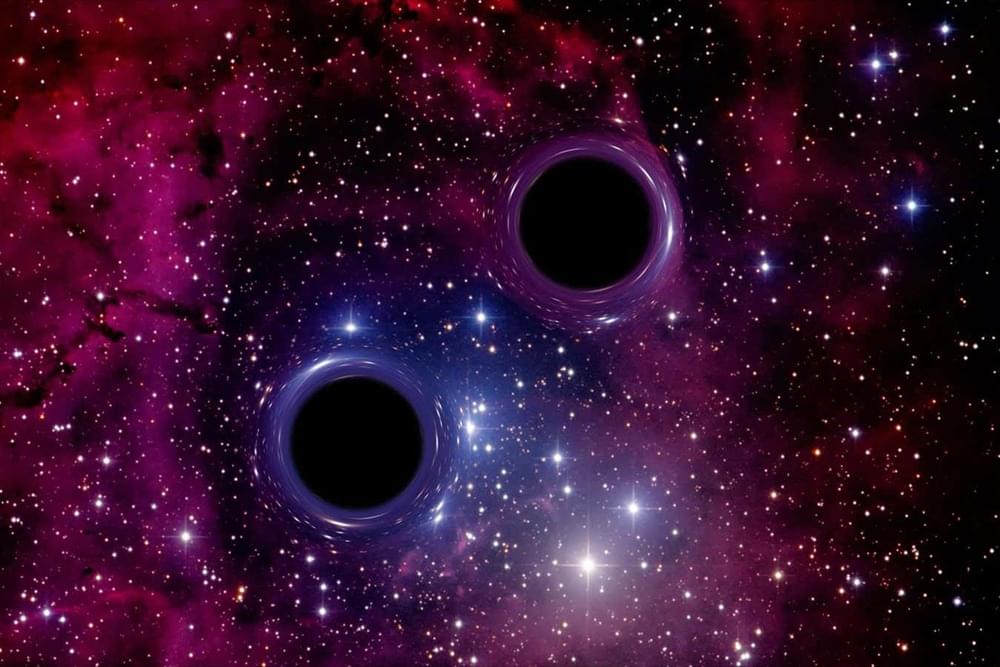
When two black holes merge to form a single one, it can zoom off at an extraordinary pace – but scientists have found that it does have a speed limit.
By Leah Crane
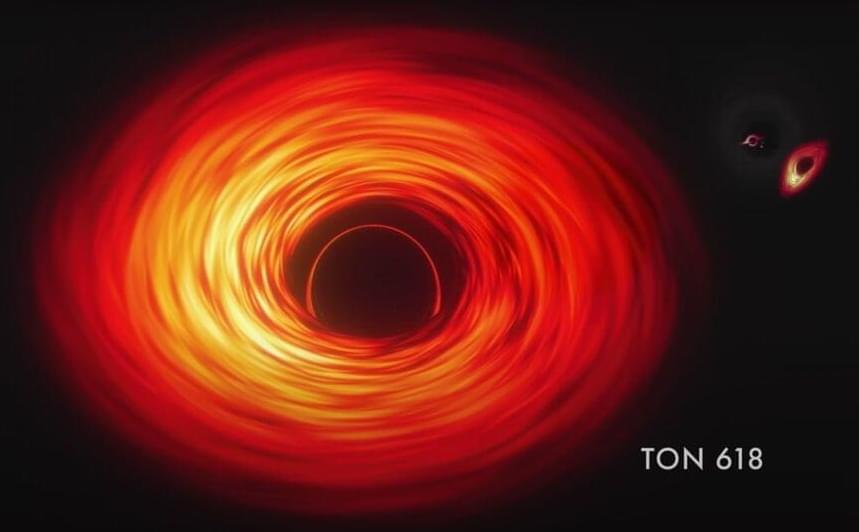
Sean Carroll is a theoretical physicist and philosopher who specializes in quantum mechanics, cosmology, and the philosophy of science. He is the Homewood Professor of Natural Philosophy at Johns Hopkins University and an external professor at the Sante Fe Institute. Sean has contributed prolifically to the public understanding of science through a variety of mediums: as an author of several physics books including Something Deeply Hidden and The Biggest Ideas in the Universe, as a public speaker and debater on a wide variety of scientific and philosophical subjects, and also as a host of his podcast Mindscape which covers topics spanning science, society, philosophy, culture, and the arts.
#physics #quantum #philosophy #mathematics.
http://www.patreon.com/timothynguyen.
In this episode, we take a deep dive into The Many Worlds (Everettian) Interpretation of quantum mechanics. While there are many philosophical discussions of the Many Worlds Interpretation available, ours marries philosophy with the technical, mathematical details. As a bonus, the whole gamut of topics from philosophy and physics arise, including the nature of reality, emergence, Bohmian mechanics, Bell’s Theorem, and more. We conclude with some analysis of Sean’s speculative work on the concept of emergent spacetime, a viewpoint which naturally arises from Many Worlds.
This video is most suitable for those with a basic technical understanding of quantum mechanics.
Part I: Introduction.
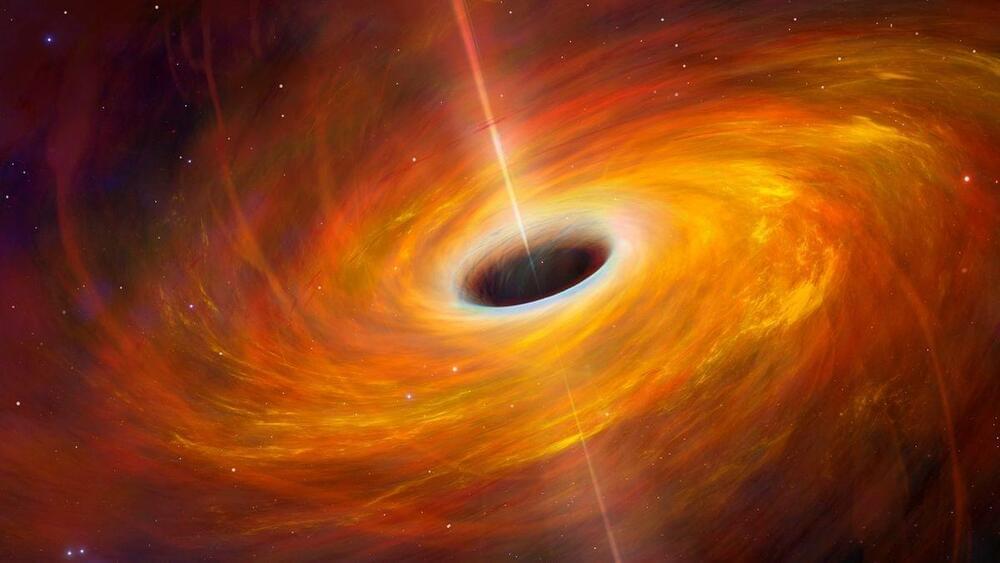
The John Templeton Foundation recently invited biologist Michael Levin to speak to a small group about the presence of agency and cognition in the most fundamental forms of life, even at the levels of cells and tissues. In the recorded video, Dr. Levin, who directs a developmental biology lab at Tufts University, discusses with Philip Ball, a science writer and author of the newly published Book of Minds: How to Understand Ourselves and Other Beings.
Founded in 1987, the John Templeton Foundation supports research and dialogue on the deepest and most perplexing questions facing humankind. The Foundation funds work on subjects ranging from black holes and evolution to creativity, forgiveness, and free will. It also encourages civil, informed dialogue among scientists, philosophers, theologians, and the public at large.
With an endowment of $3.8 billion and annual giving of approximately $140 million, the Foundation ranks among the 25 largest grantmaking foundations in the United States. Headquartered outside Philadelphia, its philanthropic activities have engaged all major faith traditions and extended to more than 57 countries around the world.
To learn more, check out Templeton.org or follow us on social:
Instagram: https://www.instagram.com/templetonfo…
Twitter: https://twitter.com/templeton_fdn.
Facebook: https://www.facebook.com/TempletonFou…
Linkedin: http://bit.ly/jtflinkedin
No, it’s not dark matter.
Gravity is the force that attracts objects toward the Earth and maintains the orbital motion of planets around the Sun. Our scientific understanding of gravity was established by Isaac Newton.
Despite the many successes of Einstein’s theory of gravity, many phenomena, such as gravity inside a black hole and gravitational waves, can’t be explained.
Tod Strohmayer (GSFC), CXC, NASA — Illustration: Dana Berry (CXC)
Our scientific understanding of gravity was established by Isaac Newton in 1687. Newton’s theory of gravity stood the test of time for two centuries until Albert Einstein proposed his ‘General Theory of Relativity,’ filling in the gaps left by Newton’s theory of gravity.
Check Out Human Footprint on PBS Terra: https://youtu.be/-c_KBWyPGaQ
PBS Member Stations rely on viewers like you. To support your local station, go to: http://to.pbs.org/DonateSPACE
Sign Up on Patreon to get access to the Space Time Discord!
https://www.patreon.com/pbsspacetime.
We knew that the James Webb Space Telescope would find interesting stuff, especially about the mysterious early times. For example, there are hints that the galaxies we’re seeing are brighter and more regular than expected given the short amount of time they’d had to grow. Well, perhaps no one was expecting that we’d find a completely new type of star—one mostly made of and powered by dark matter and shining as bright as an entire galaxy. Which, by the way, might help us explain those pesky giant galaxies.
Check out the Space Time Merch Store.
https://www.pbsspacetime.com/shop.
Sign up for the mailing list to get episode notifications and hear special announcements!
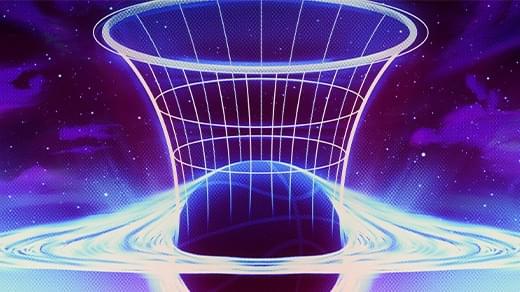
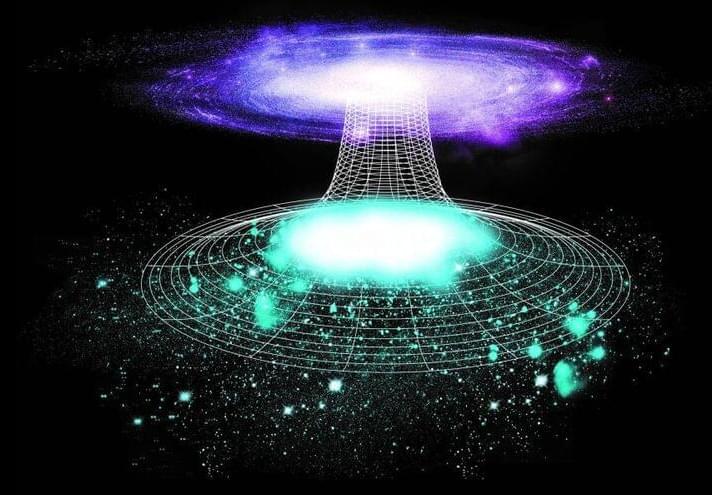
Black holes seem to get all the attention. But what about their mirror twins, white holes? Do they exist? And, if so, where are they?
To understand the nature of white holes, first we have to examine the much more familiar black holes. Black holes are regions of complete gravitational collapse, where gravity has overwhelmed all other forces in the universe and compressed a clump of material all the way down to an infinitely tiny point known as a singularity. Surrounding that singularity is an event horizon, which is not a physical, solid boundary, but simply the border around a singularity where the gravity is so strong that nothing, not even light, can escape.
Sabine Hossenfelder, Rupert Sheldrake and Bjorn Ekeberg go head to head on consciousness, panpsychism, physics and dard matter.
Watch more fiery contenet at https://iai.tv?utm_source=YouTube&utm_medium=description&utm…e-universe.
“Not only is the universe stranger than we think. It is stranger than we can think.” So argued Niels Bohr, one of the founders of quantum theory. We imagine our theories uncover how things are but, from quantum particles to dark matter, at fundamental levels the closer we get to what we imagine to be reality the stranger and more incomprehensible it appears to become.
Might science, and philosophy one day stretch to meet the universe’s strangeness? Or is the universe not so strange after all? Or should we give up the idea that we can uncover the essential character of the world, and with Bohr conclude that the strangeness of the universe and the quantum world transcend the limits of the human mind?
#DarkMatter #RupertSheldrake #SabineHossenfelder.
Influential scientist Rupert Sheldrake, prominent physicist Sabine Hossenfelder and esteemed philosopher Bjørn Ekeberg get to grips with whether the universe is stranger than we can imagine. Johnjoe McFadden hosts.